Samsung WB550 Review
Samsung WB550
Samsung's latest zoom compact offers excellent value for money.
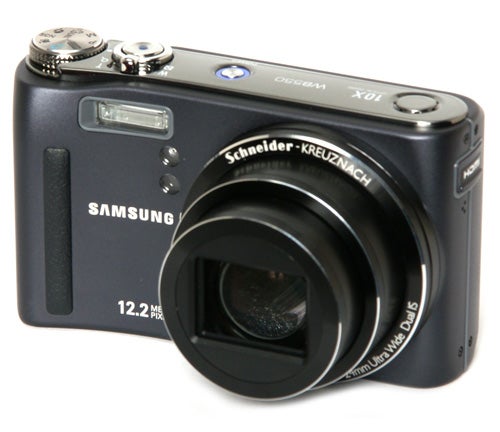
Verdict
Key Specifications
- Review Price: £220.00
Last month I reviewed one of Samsung’s latest range of cameras, the WB500. Today I’m taking a look at its big brother, the new WB550. Like the WB500 the WB550 is a medium-sized compact featuring a 10x zoom f/3.3-f/5.8 Schneider-Kreuznach lens with a 24mm-equivalent wide-angle, 720p high-definition video recording and limited manual exposure controls. The WB550 has a superior specification though, with a 12.2-megapixel 1/2.33-inch CCD sensor and a sharp 3.0-inch 460k LCD monitor. Naturally the improved spec demands a higher price, and the WB550 is currently selling for around £220, which is very cheap for such an impressive list of features. The class-leading Panasonic TZ7, which has a 10MP sensor but a 12x wide-zoom lens, sells for around £250.
Samsung was a relatively late entrant into the digital camera market, launching its first 1.2-megapixel non-zoom compact in 2002. For the first few years the Samsung name could be found on a fairly uninspiring series of cheap, ugly low-performance cameras, and the company generally gave the impression that it didn’t really take the whole camera thing seriously, and was only making them to compete with arch-rivals Panasonic and Sony. However around 2005 there was a major change in Samsung’s attitude toward its digital camera brand, and it started devoting serious development and marketing funds towards carving itself a bigger share of a lucrative and growing market.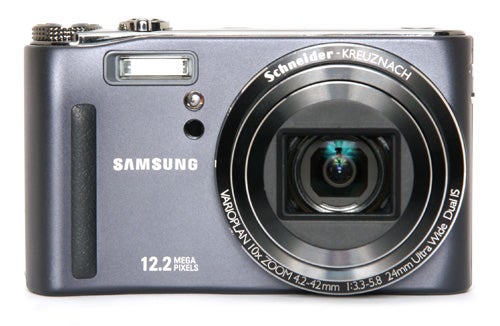
The results included the stylish and innovative NV series, as well as a development partnership with Pentax, producing the GX series of digital SLRs. Samsung is now in the midst of its second major range-revamp, and the results so far have been pretty impressive. The WB550 is a good looking, well made camera with a range of features that can match any of the longer-established brands at a price few of them can match. It bodes well for the forthcoming Samsung NX APS-C mirrorless system camera, due to launch next month.
Apart from the more powerful sensor and larger, sharper LCD screen the WB550 is identical to the WB500. The body is mostly aluminium with only the trim strip on the top and the hatch covers being made of plastic, and the battery hatch has a strong metal hinge. The overall build quality is excellent, and the camera feels strong and durable. It’s quite large and heavy compared to other long-zoom compacts, measuring 105 × 61.4 × 36.5 mm and weighing approximately 250g including card and battery. The shape of the body includes a flared handgrip and a raised thumbgrip area on the back, and it is very comfortable to hold.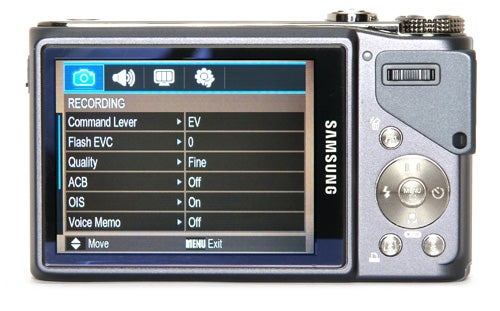
The controls are well laid out, but like the WB500 they do have some problems. The buttons are quite small, and are labelled with embossed chrome-on-chrome symbols that are hard to make out in dim light. The menu system provides a lot of creative control, with multiple filters and colour options, but it is needlessly complicated, with various functions spread over three separate menus each with its own button, as well as several secondary functions on the D-pad. There is also a small and rather fiddly rocker switch control on the thumb rest, the function of which can be customised, controlling exposure compensation, ISO setting or white balance.
Unusually for a long-zoom compact the WB550 has a manual exposure option. It’s rather limited compared to more advanced cameras, offering only minimum or maximum aperture and shutter speeds from 16 seconds to 1/1500th of a second, but it’s better than nothing and does provide some creative potential for more adventurous photographers.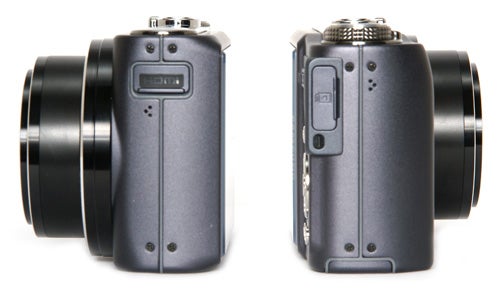
The WB550 also features the now obligatory HD video recording mode, in this case 1280 x 720 resolution at 30fps with mono audio. The zoom lens can be used while recording, but as with the WB500 it does produce a loud mechanical whirring that can be clearly heard on the soundtrack. Video and still images can be displayed on a digital TV via the HDMI output socket. Like all of Samsung’s current compact camera range the WB550 can be charged from a powered USB socket, so if you take your laptop on holiday you don’t need to take the camera charger.
Strangely, considering that the two cameras are largely identical, the WB550 has slightly better overall performance than the WB500. The WB550 starts up in a little under two seconds, shuts down again in just under three seconds. It doesn’t have a power-saving mode, it just switches itself off after a couple of minutes. In single-shot mode it has a shot-to-shot time of approximately 2.2 seconds, while in continuous shooting mode it can manage a consistent 1.3 seconds per shot in standard mode, or a slightly less consistent 1.5fps in the continuous high-speed mode. Annoyingly the screen remains blank when shooting in continuous mode, but at least there is an audible shutter sound so you know when the shots are taken.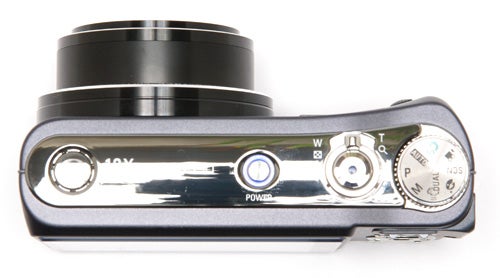
The autofocus system is the same as the WB500. It is excellent, focusing quickly and accurately in almost all lighting conditions, and is particularly good in low light. The only time I found any problems was in close-up focusing close to the macro limit, but than most cameras have this problem. It usually got it right on the second try.
The WB550 has an image stabilisation system, but its exact nature is something of a puzzle. I was under the impression that it used optical image stabilisation, but Samsung’s website says “…integrating the best sensor shift mechanisms of Optical Image Stabilisation…” which is of course self-contradictory. Most of the site seems to be translated from its native Korean, and as many confusing but hilarious passages in Samsung’s corporate press releases attest, accurate translation into English is not one of the company’s strong points. However the IS system works, it is very effective, enabling sharp hand-held shots at around 1/15th of a second even at maximum zoom.
I was quite impressed with the WB500’s overall image quality, so I had high hopes for the WB550. I was not disappointed; the camera reliably produces excellent image in most lighting conditions, but there are a couple of caveats. The lens is very good, with excellent centre-area sharpness and minimal distortion at either extreme of the zoom range, but it does exhibit some chromatic aberration toward the corners of the frame.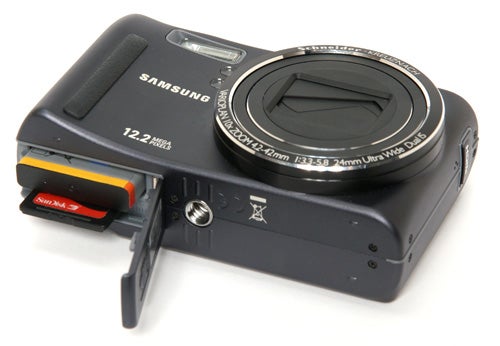
Image noise is also quite well handled, and the camera produces good images up to 400 ISO, but there is some colour noise visible in long-exposure (over 0.5 sec) shots even at the lowest ISO setting. Image compression is also a bit more drastic than it needs to be, producing some nasty artefacts.
Although exposure metering is accurate, dynamic range is extremely limited, with even moderate shadows producing dark areas of featureless black on the final image. It does have Auto Contrast Balance, but unlike the same system on the WB500 this really only helps with highlights. It’s not a crushing problem, and is common to most 12MP compacts.
”’Verdict”’
The Samsung WB550 is an excellent all-rounder, and the ideal camera for holidays. Build quality, design and handling are all up to a very high standard, performance is equal to anything else on the market, and the results are very good, although it does run into problems with dynamic range and long-exposure noise. Comparing the price to its main rivals, the WB550 is a real bargain.
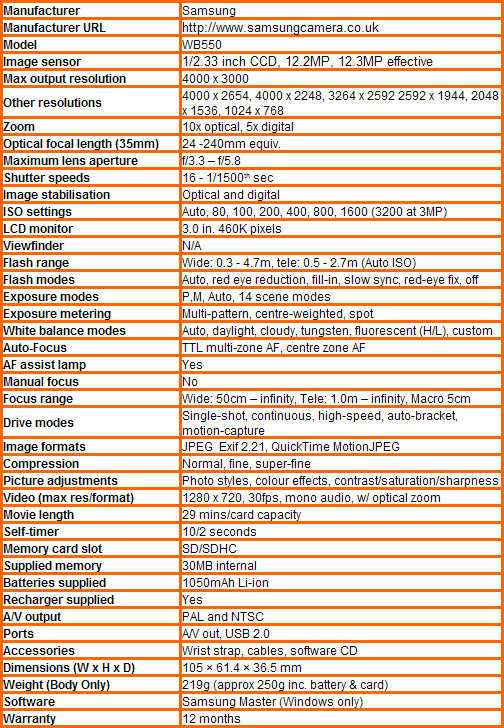
”Over the next few pages we show a range of test shots. On this page the full size image at the minimum and maximum ISO settings have been reduced to let you see the full image, and a series of full resolution crops have taken from original images at a range of ISO settings to show the overall image quality. These pictures were taken indoors using reflected natural light. ”
—-
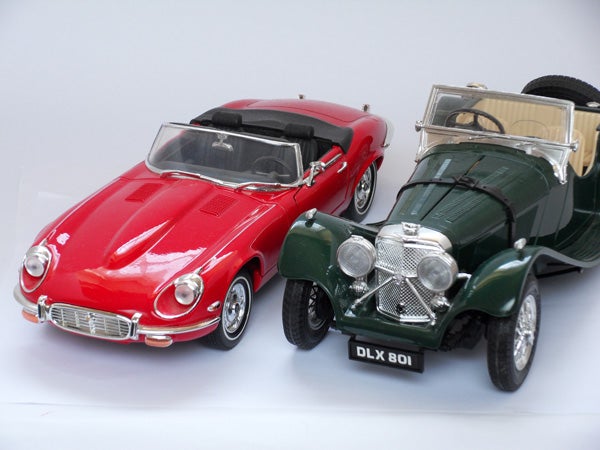
This is the full frame at 80 ISO.
—-
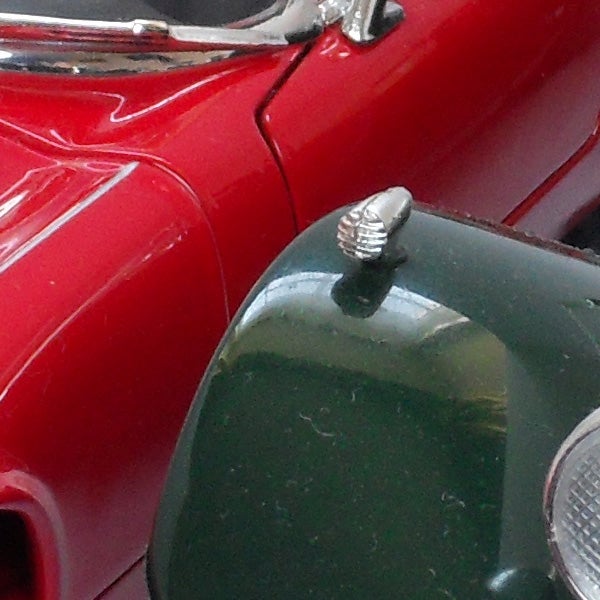
The image quality is very good at minimum ISO, but there’s some colour noise in this 1.0 second exposure.
—-
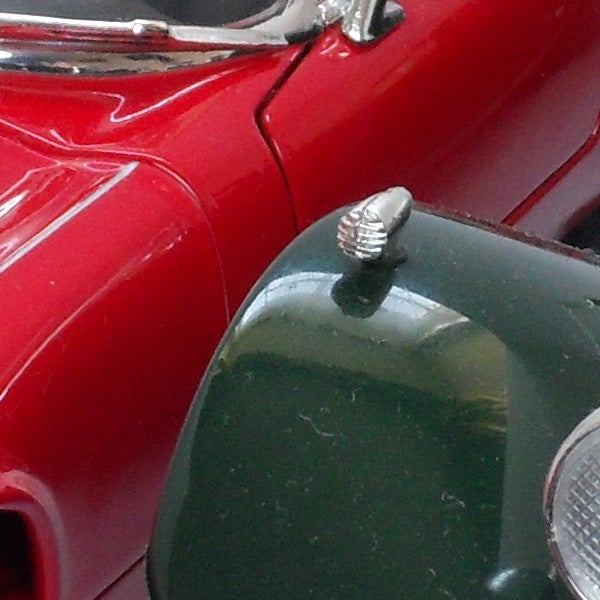
Virtually identical results at 100 ISO. The white marks are dust on the model car itself. I really must clean it.
—-
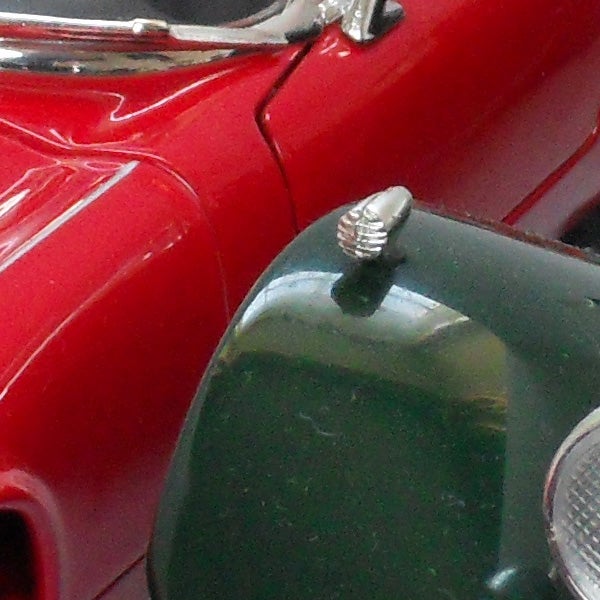
Slightly more luminance noise at 200 ISO.
—-
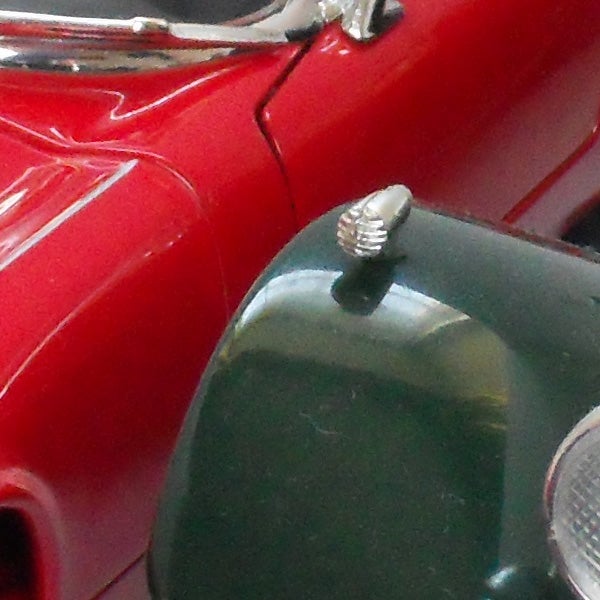
The colour gradients are getting a bit patchy at 400 ISO, but the overall quality is still very good.
—-
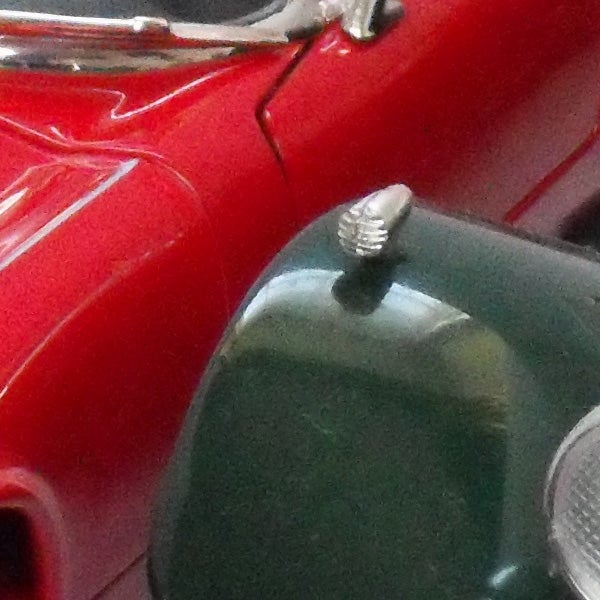
Noise is becoming a problem at 800 ISO.
—-
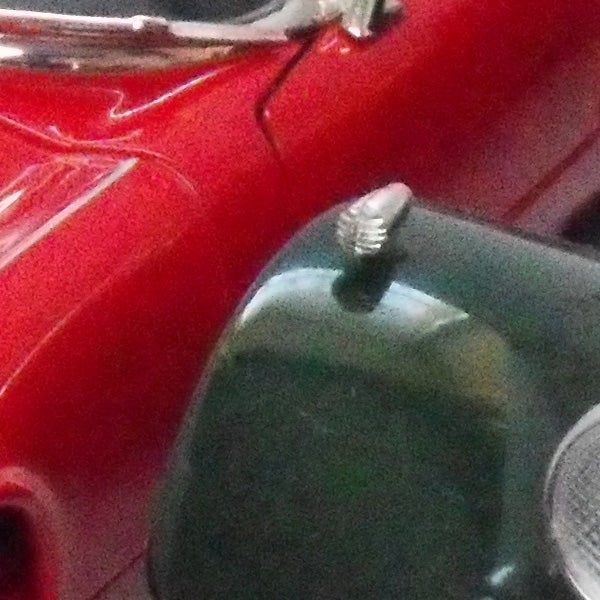
Tonal gradation is severely affected at 1600 ISO.
—-
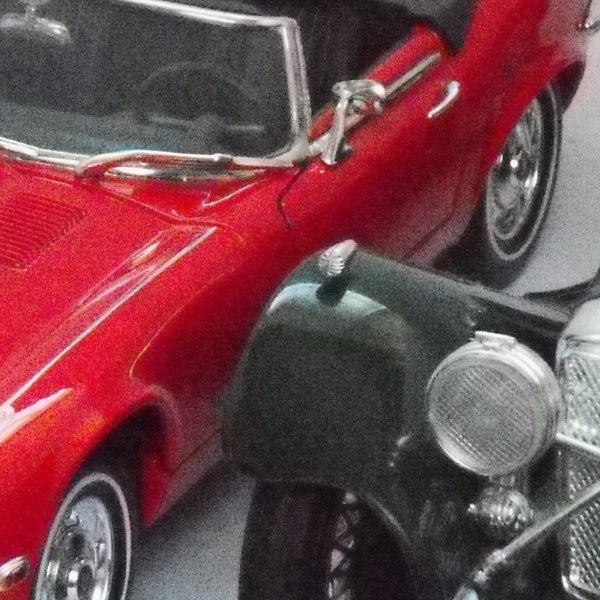
3200 ISO is available, but only at 3MP. Image quality is pretty poor.
—-
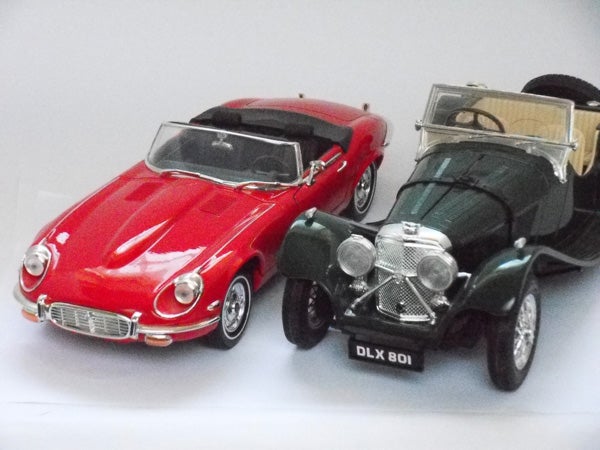
This is the full frame at 3200 ISO.
—-
”A range of general test shots are shown over the next two pages. In some cases, the full size image has been reduced for bandwidth purposes, and a crop taken from the original full resolution image has been placed below it to show the overall image quality. Some other pictures may be clicked to view the original full-size image. ”
—-

Here’s the usual detail test shot of the West Window of Exeter Cathedral, for you to compare with other cameras. See below for a full res crop, or click to see the whole picture. The downloadable file is approximately 3.0MB.
—-
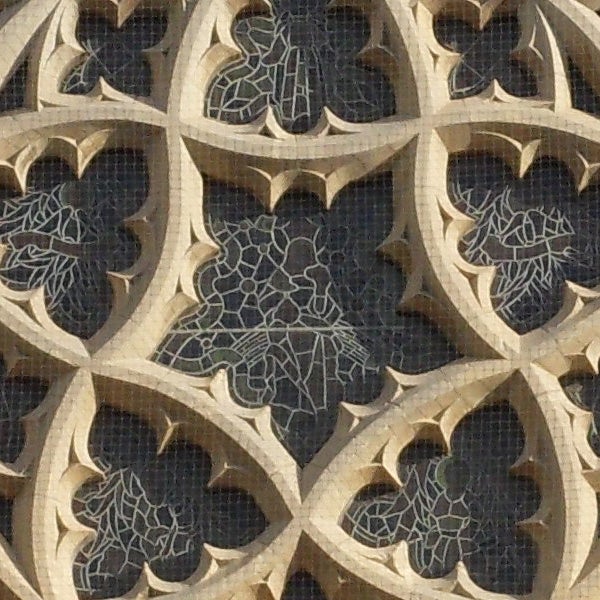
The level of detail is excellent, but the harsh compression and sharpening leaves it looking over-processed.
—-

The lens produces very little wide-angle distortion.
—-
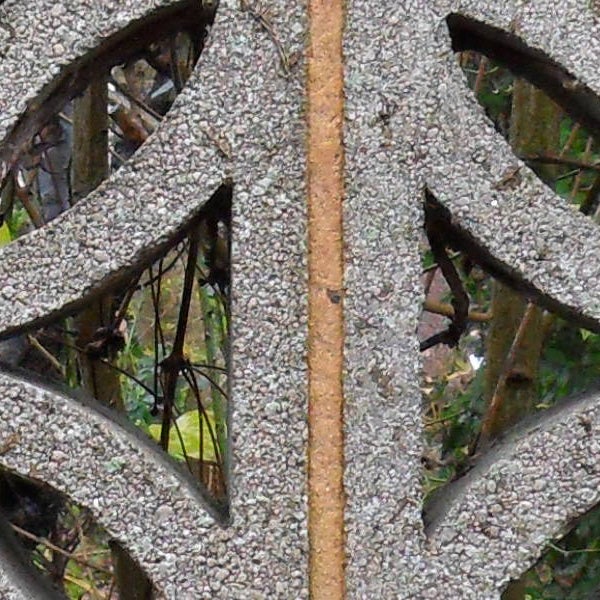
Centre sharpness is excellent.
—-

There is some blurring and chromatic aberration in the far corners of the frame.
—-
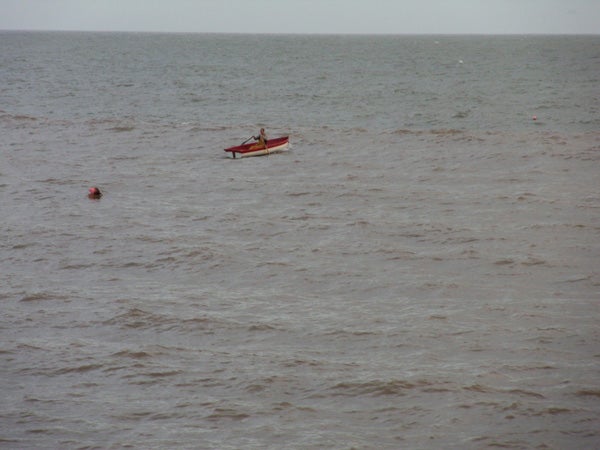
The horizon is almost straight in this extreme telephoto shot. The sea was very choppy, but a fisherman has to earn his living whatever the weather.
—-
”Here are some general test shots to help evaluate the camera’s overall image quality, including dynamic range, colour rendition and the zoom range of the lens. Some pictures may be clicked to download the full size original image. ”
—-
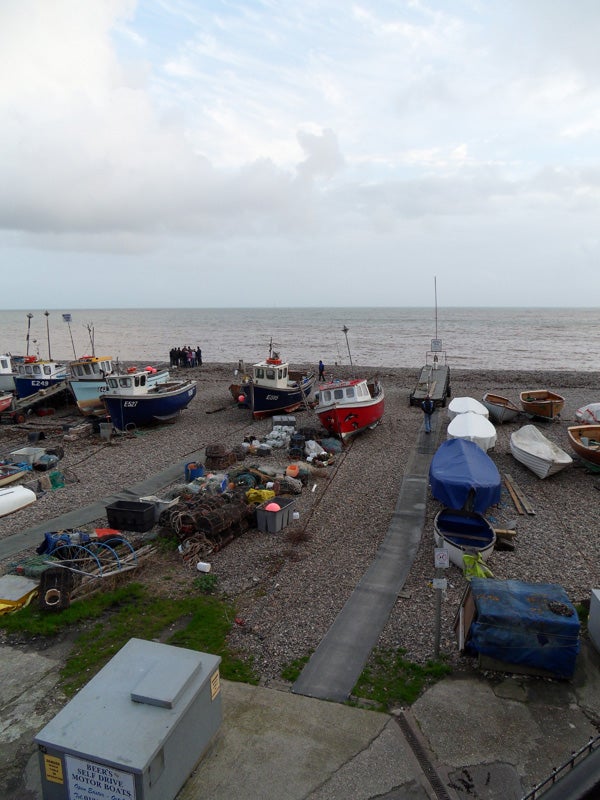
The 24mm wide angle is great for capturing the whole scene.
—-

The telephoto end is equivalent to 240mm.
—-
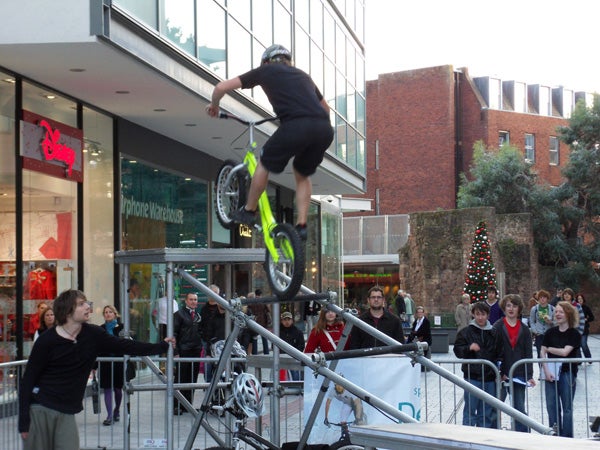
The AF system is fast enough to catch the action.
—-

The exposure meter is very accurate, but dynamic range is a bit limited.
—-
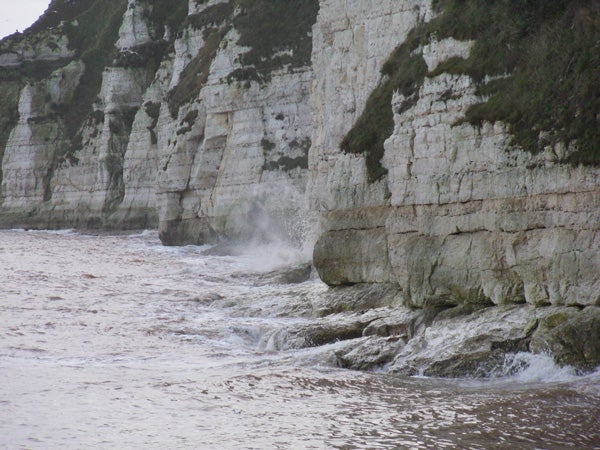
The image stabilisation system is essential for hand-held telephoto shots.
—-
Trusted Score
Score in detail
-
Value 10
-
Image Quality 8
-
Build Quality 8
Features
| Camera type | Digital Compact |
| Megapixels (Megapixel) | 12.1 Megapixel |
| Optical Zoom (Times) | 10x |
| Image Sensor | CCD |
| Image Stabilisation | Electronic, Optical |
| LCD Monitor | 3 in |
| Flash modes | Auto Flash, Flash ON, Flash OFF, Red-eye Reduction |
| Video (max res/format) | 1280 x 720 |
| Memory card slot | MMCplus, Secure Digital (SD) Card, Secure Digital High Capacity (SDHC) Card |

